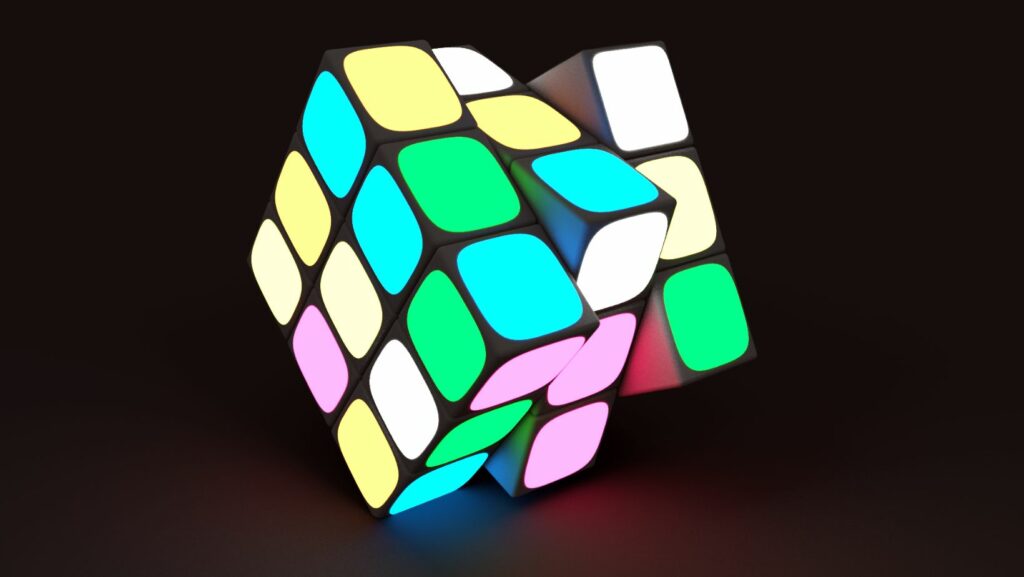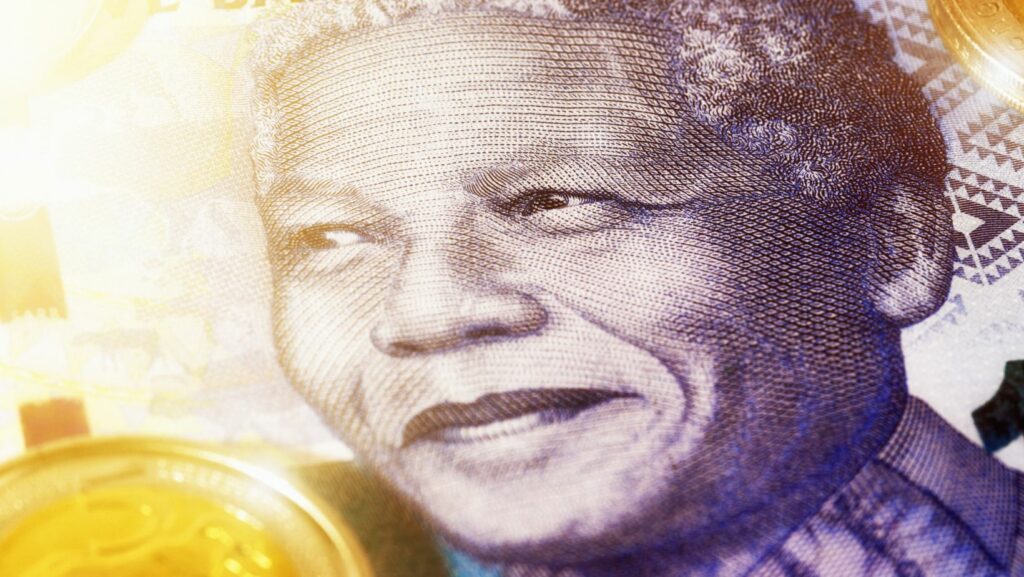The Rubik’s Cube, that colorful and perplexing puzzle, has been baffling and delighting minds for 40 years. Since its invention in 1974 by Ernő Rubik, this iconic 3D combination puzzle has transcended its status as a mere toy to become a global phenomenon.
The Legacy of the Rubik’s Cube
The Rubik’s Cube has become an enduring symbol of ingenuity and challenge since its inception in 1974. Its legacy spans decades, influencing both individuals and the broader popular culture.
Popularity Over Decades
 The Rubik’s Cube’s popularity has endured for over 40 years, appealing to various generations. In the 1980s, it became a global sensation, with over 100 million cubes sold by 1982. Interest surged again in the early 2000s with the rise of speedcubing competitions, further bolstered by online communities and tutorials. These events attract participants worldwide, contributing to a resurgence in sales and interest. The cube’s educational value also plays a role, with schools incorporating it into curriculums to enhance spatial reasoning and problem-solving skills.
The Rubik’s Cube’s popularity has endured for over 40 years, appealing to various generations. In the 1980s, it became a global sensation, with over 100 million cubes sold by 1982. Interest surged again in the early 2000s with the rise of speedcubing competitions, further bolstered by online communities and tutorials. These events attract participants worldwide, contributing to a resurgence in sales and interest. The cube’s educational value also plays a role, with schools incorporating it into curriculums to enhance spatial reasoning and problem-solving skills.
Impact on Popular Culture
The Rubik’s Cube has penetrated various facets of popular culture. Movies such as “The Pursuit of Happyness” and TV shows like “The Big Bang Theory” feature pivotal scenes with the puzzle, cementing its place in entertainment. Musicians, artists, and fashion designers use the cube’s design to create innovative works, showing its artistic relevance. Merchandise ranging from apparel to accessories sports the cube’s iconic colors, highlighting its broad appeal. This omnipresence in media, art, and daily life reflects the puzzle’s significant cultural impact.
Evolution of the Rubik’s Cube
The Rubik’s Cube has undergone significant changes and innovations since its debut in 1974. Its design, variants, and sizes have evolved to enhance the user’s experience and broaden its appeal.
Design Changes and Innovations
 Early Rubik’s Cubes featured a simple yet effective mechanism. Over the years, improvements included smoother rotations and more durable materials. In the 1990s, engineers introduced the spring-loaded mechanism, reducing friction and enhancing maneuverability. This mechanism became essential in speedcubing.
Early Rubik’s Cubes featured a simple yet effective mechanism. Over the years, improvements included smoother rotations and more durable materials. In the 1990s, engineers introduced the spring-loaded mechanism, reducing friction and enhancing maneuverability. This mechanism became essential in speedcubing.
Stickerless cubes emerged in the 2000s, offering a more durable and visually appealing alternative. These cubes used colored plastic instead of stickers, preventing wear and tear from frequent use.
Variants and Sizes
Rubik’s Cube variants expanded beyond the original 3×3 design. In 1981, the 2×2 “Pocket Cube” and the 4×4 “Rubik’s Revenge” joined the lineup. The 5×5 “Professor’s Cube” followed in 1986. Each variant introduced new levels of complexity, attracting puzzle enthusiasts seeking greater challenges.
Non-cubic variants like the “Pyraminx” and “Megaminx” provided further diversity. The Pyraminx, a tetrahedron-shaped puzzle, and the Megaminx, a dodecahedron-shaped puzzle, offered unique solving experiences. Special edition cubes, such as the “Void Cube” (a cube with a hollow center) and the “Mirror Cube” (with pieces of varying sizes), showcased innovative designs that added aesthetic and functional uniqueness.
Rubik’s Cube in Competitive Arenas
 Speedcubing competitions have transformed the Rubik’s Cube into a professional sport. Competitions organized by the World Cube Association (WCA) attract participants globally. These events offer categories for solving cubes of various sizes and shapes.
Speedcubing competitions have transformed the Rubik’s Cube into a professional sport. Competitions organized by the World Cube Association (WCA) attract participants globally. These events offer categories for solving cubes of various sizes and shapes.
Popular events include the 3x3x3 Cube, the 2x2x2 Cube, and the 4x4x4 Cube. Events also feature non-standard puzzles like the Pyraminx, Megaminx, and skewb. Competitors aim to solve puzzles in the shortest time possible, often under mere seconds for standard cubes.
The World Cube Association maintains records of the fastest solving times. As of March 2023, the record for solving the 3x3x3 Cube stands at 3.47 seconds, held by Yusheng Du. Competitors continually strive to break these records, pushing the boundaries of what’s possible.
Educational and Cognitive Benefits
The Rubik’s Cube isn’t just a toy; it’s a powerful educational tool that enhances cognitive skills. Solving the cube requires critical thinking, problem-solving, and spatial awareness, making it a valuable resource for educators. Many schools and educational programs incorporate the cube to teach mathematical concepts and improve memory retention.
Beyond the classroom, the cube fosters patience and perseverance. It’s a testament to how a simple puzzle can challenge the mind and offer endless hours of intellectual stimulation. As the Rubik’s Cube celebrates its 40th anniversary, its impact on both education and popular culture remains undeniable.


